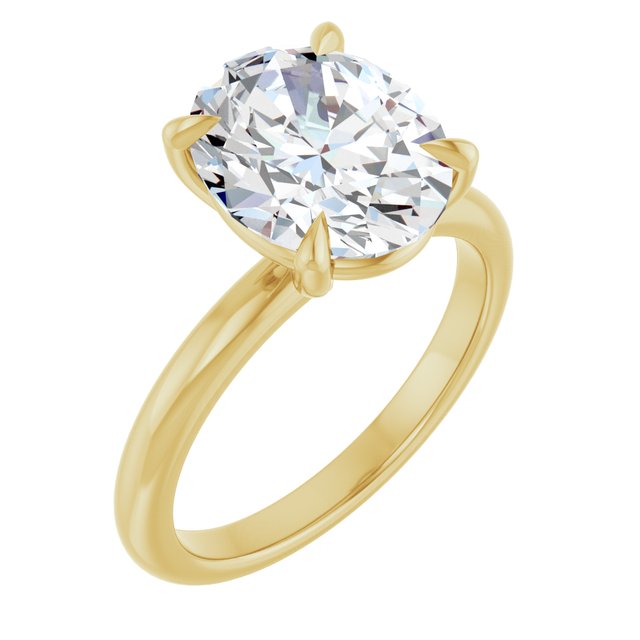Overview
When selecting the perfect metal for an engagement ring, two popular choices often stand out: platinum and white gold. Both metals offer a sleek, white, and luxurious finish, making them ideal companions for diamonds and other gemstones. However, despite their similar appearance, these metals differ in several key aspects, including composition, durability, cost, and maintenance. Understanding these differences is crucial to making the right choice based on your lifestyle, preferences, and budget.
Composition and Appearance
The composition of these metals greatly impacts their characteristics, especially their durability, hypoallergenic properties, and how they age over time.
- Platinum: Platinum is a naturally white metal and one of the rarest precious metals in the world. Its natural luster means it retains its color and shine without requiring additional coatings or treatments. Additionally, platinum is dense and heavier than other metals, giving it a luxurious weight when worn. Its purity also makes it hypoallergenic, a perfect choice for individuals with sensitive skin.
-
White Gold: White gold, on the other hand, is an alloy made by combining yellow gold with metals like nickel, palladium, or silver. This blend creates a white appearance, which is further enhanced by a rhodium plating—a highly reflective material. While the rhodium coating gives white gold its brilliant finish, it can wear off over time, exposing the yellowish undertones of the underlying alloy. Replating is often necessary to maintain its bright white sheen.

Durability
Both platinum and white gold are durable, but they behave differently under regular wear and tear.
- Platinum: Known for its exceptional strength, platinum is highly resistant to scratches and damage. Unlike white gold, when platinum is scratched, the metal is displaced rather than lost. This creates a patina—a soft, matte finish that many people find appealing for its antique charm. While this patina can be polished back to its original shine, many people appreciate it as part of platinum’s character.
- White Gold: While white gold is durable and can withstand daily wear, it is not as hard or scratch-resistant as platinum. The rhodium plating adds a layer of protection, but as it wears off, the underlying alloy becomes more susceptible to scratches and tarnishing. Regular maintenance is essential to preserve its appearance, including rhodium reapplication to restore its bright white color.
Cost
The cost of these metals is another significant factor to consider, especially when balancing aesthetics, functionality, and budget.
- Platinum: As one of the rarest metals, platinum is considerably more expensive than white gold. Its density and purity contribute to the higher price tag. However, this initial investment often pays off in the long run due to its low maintenance needs and long-lasting durability.
- White Gold: White gold is a more affordable option upfront, making it a popular choice for budget-conscious buyers. However, the cost of maintaining white gold can add up over time. Rhodium plating, typically required every 1–2 years, incurs additional expenses that should be factored into the overall cost.
Maintenance
The level of maintenance required for each metal is an important consideration, especially for those who prefer low-effort upkeep.
- Platinum: Platinum requires minimal maintenance. Its natural white luster does not fade or tarnish over time, eliminating the need for frequent treatments. The patina that develops with wear can be left as is for a vintage look or polished away to restore its original shine.
- White Gold: White gold requires more regular upkeep to maintain its bright white appearance. The rhodium plating needs to be reapplied periodically, depending on the wearer's lifestyle and the frequency of use. Additionally, white gold may require polishing to address scratches or dullness over time.
Which Should You Choose?
When deciding between platinum and white gold, consider the following factors:
- Longevity: If you’re looking for a metal that will last for decades with minimal maintenance, platinum is the better choice.
- Hypoallergenic Properties: Platinum is ideal for individuals with metal sensitivities or allergies.
- Budget: If cost is a significant factor, white gold offers a more affordable upfront option while still providing a luxurious look.
- Aesthetic Preferences: Both metals are stunning, but platinum’s natural patina may appeal to those who appreciate a vintage aesthetic, while white gold’s bright finish may suit those who prefer a modern, polished look.
Conclusion
Both platinum and white gold are beautiful, high-quality metals that enhance the beauty of an engagement ring. Platinum’s durability, hypoallergenic properties, and timeless patina make it an excellent long-term investment for those who prioritize longevity and minimal maintenance. Conversely, white gold provides a cost-effective, stylish alternative that can achieve a similar aesthetic with proper care. Ultimately, your decision should reflect your partner’s lifestyle, personal preferences, and your budget, ensuring the engagement ring is as timeless and unique as your love.


